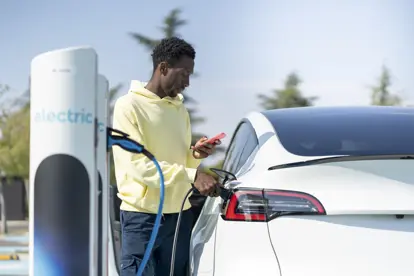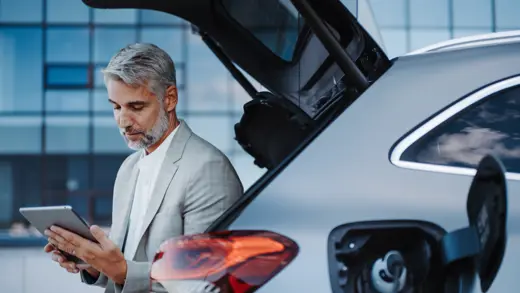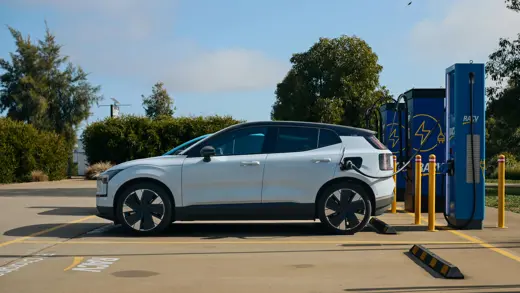HMRC has released updated guidance for employers and company car drivers on how to apply the Advisory Electricity Rate (AER) for electric vehicles. The AER is designed to help companies fairly reimburse employees for the cost of charging their electric company cars.
Under the latest update, company car drivers can now claim 8 pence per mile for home charging and 14 pence per mile for public charging.

When these revised rates were first introduced, there was some uncertainty across the fleet industry about how they should be applied, as HMRC initially did not provide detailed instructions. This led to concerns that many organisations might not be calculating electric vehicle mileage reimbursements correctly.
HMRC has now clarified this position, confirming that when a company car is charged at both residential and public locations, employers can apportion the mileage based on how much charging takes place at each location. The calculation used must be fair and reasonable.
HMRC has also confirmed that employers may pay a higher reimbursement rate than the advisory amount, provided they can clearly demonstrate that the actual electricity cost per mile is greater than the AER. For instance, if an employee uses a public charger that results in a higher cost per mile than the 14p rate, the company may reimburse at a higher rate if supporting evidence is available.
The 8p per mile home charging rate is based on an assumed electricity cost of 27.04 pence per kilowatt-hour and an average vehicle efficiency of 3.59 miles per kilowatt-hour, weighted according to car sales data. This same efficiency measure is used to calculate the public charging rate, which assumes an electricity cost of 51 pence per kilowatt-hour. The 51p figure reflects the typical cost of slow and fast public charging, according to data published in the Zapmap Public Charging Price Index, which is updated monthly.
With electric vehicles continuing to grow in popularity among company car drivers HMRC’s ongoing updates to advisory rates and related tax guidance are expected to evolve further as the EV market matures.





